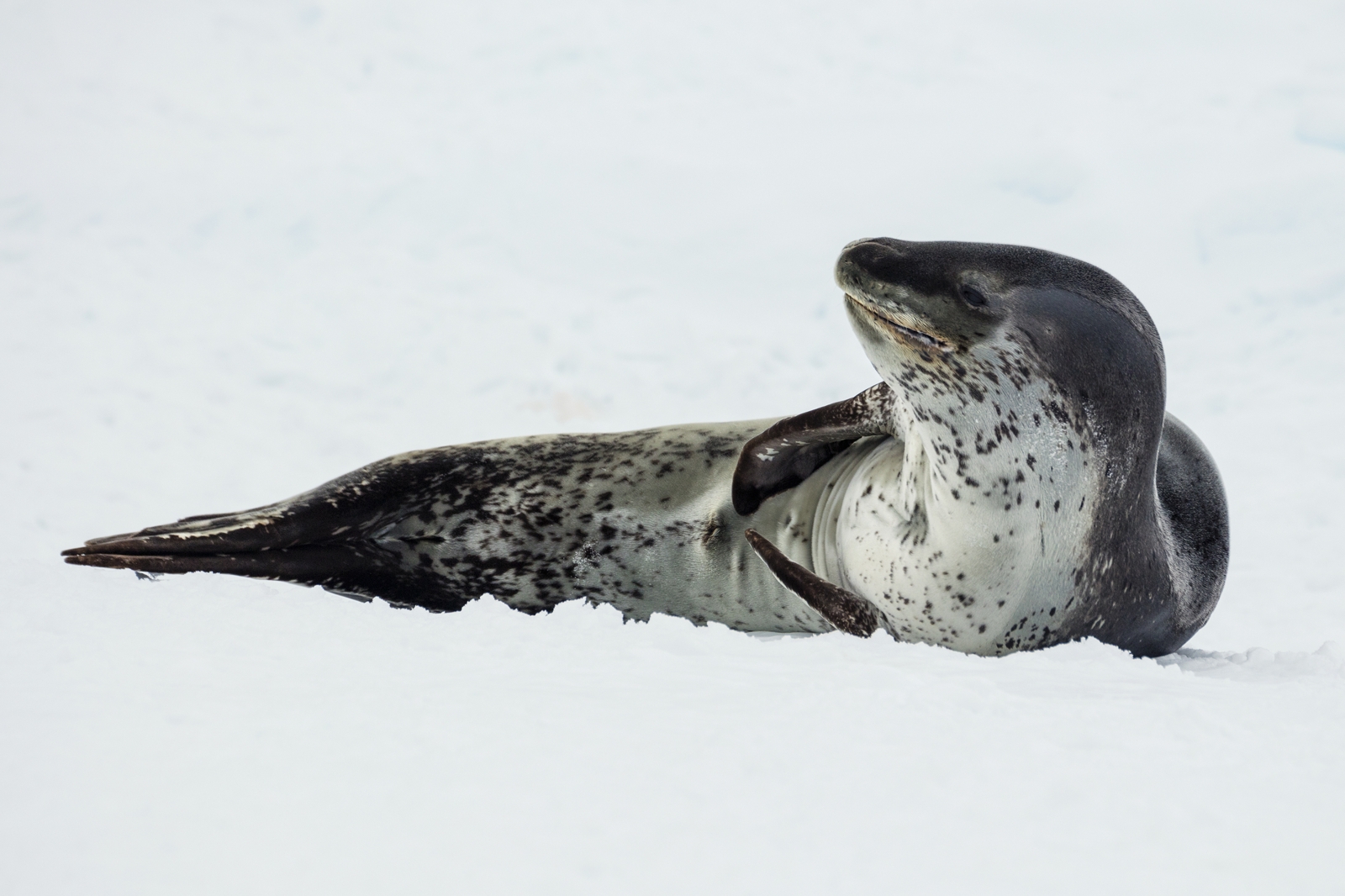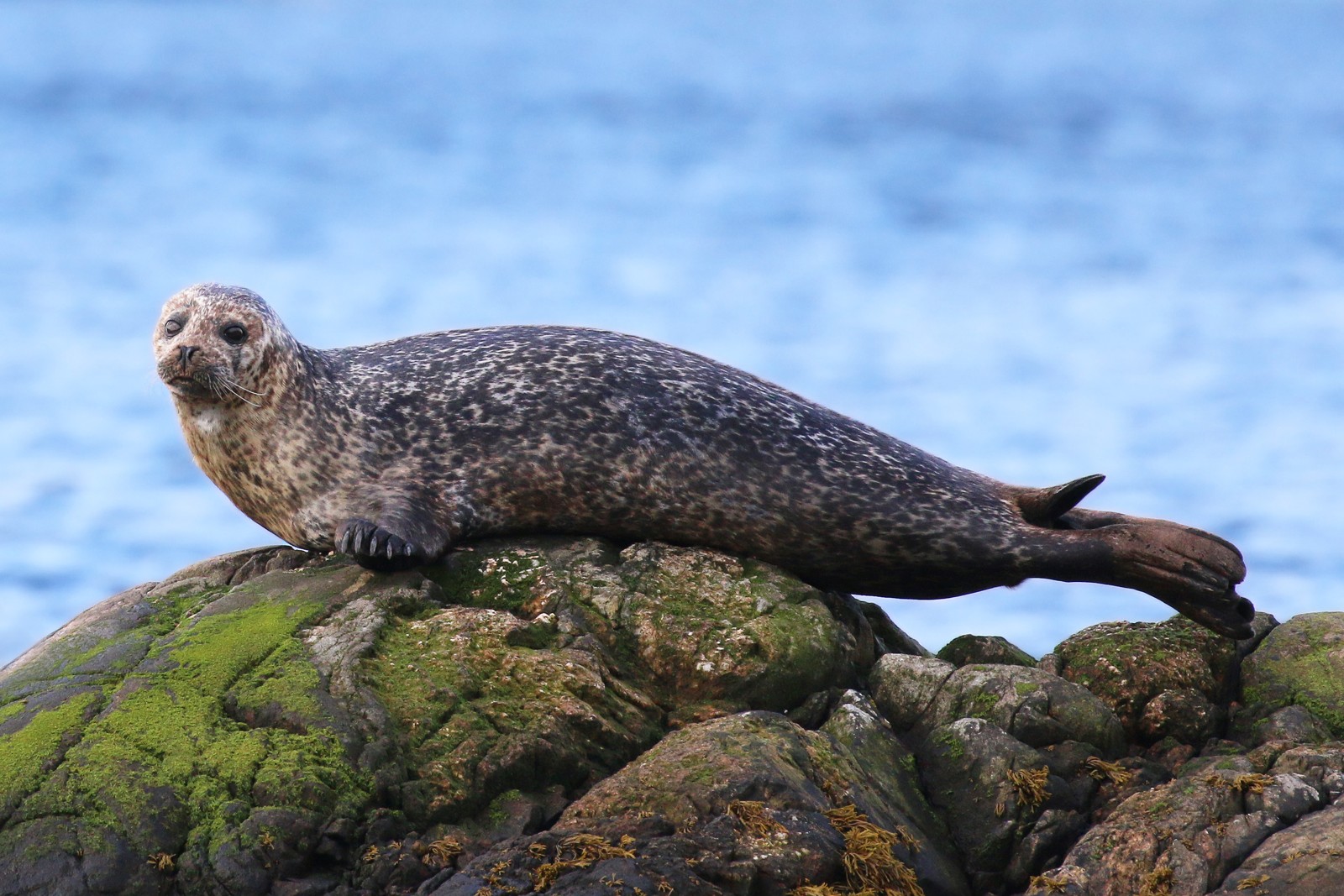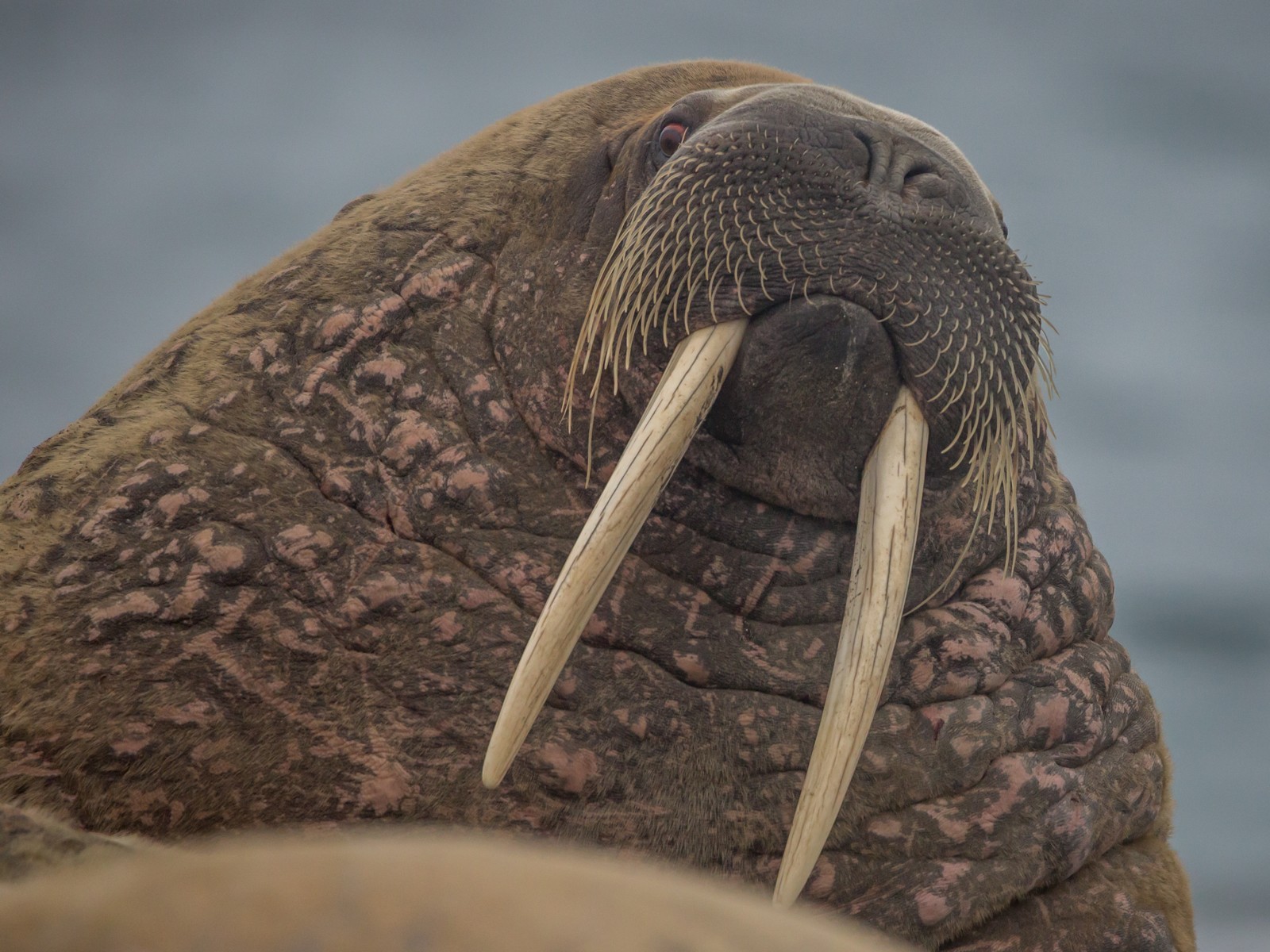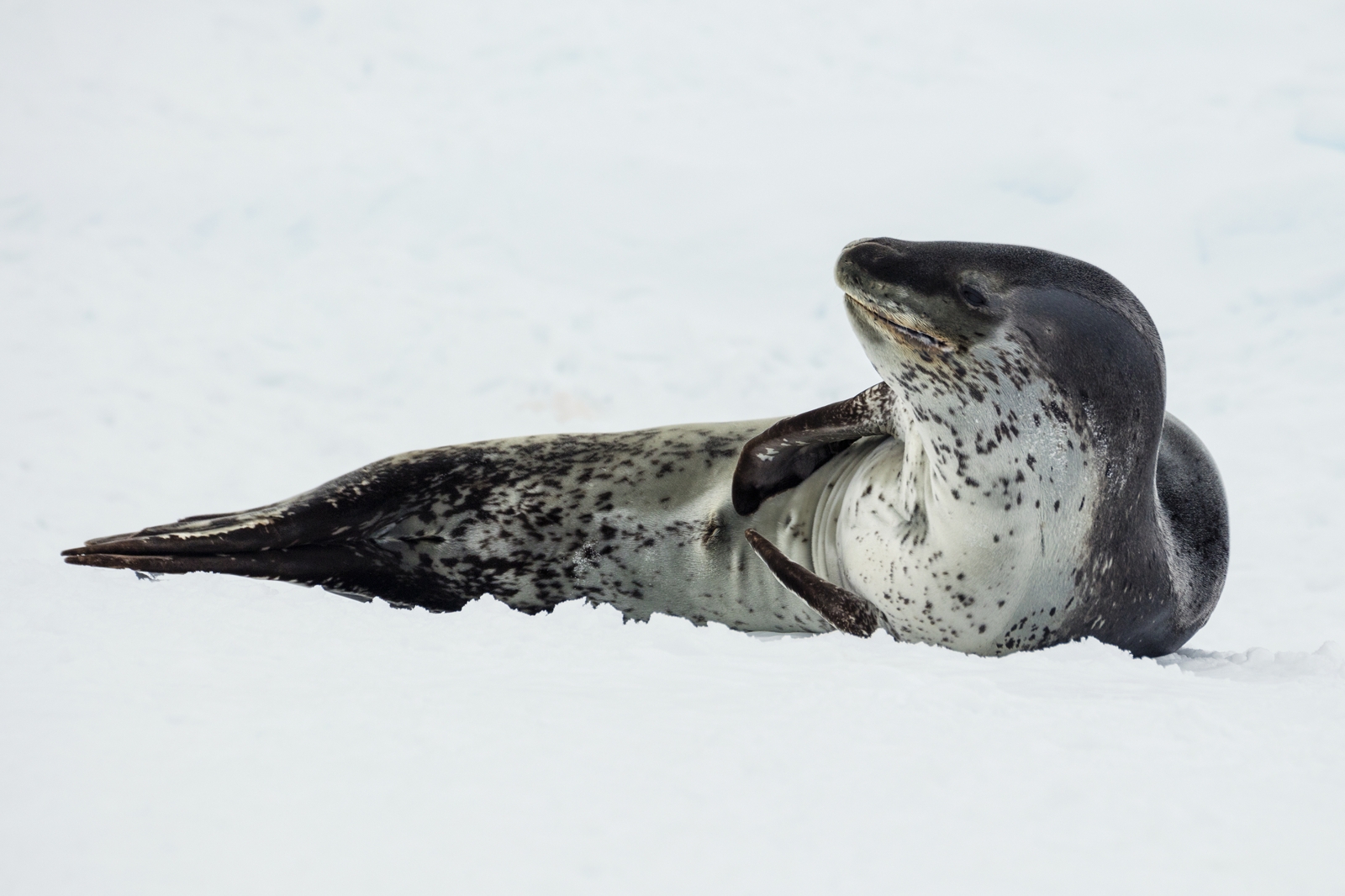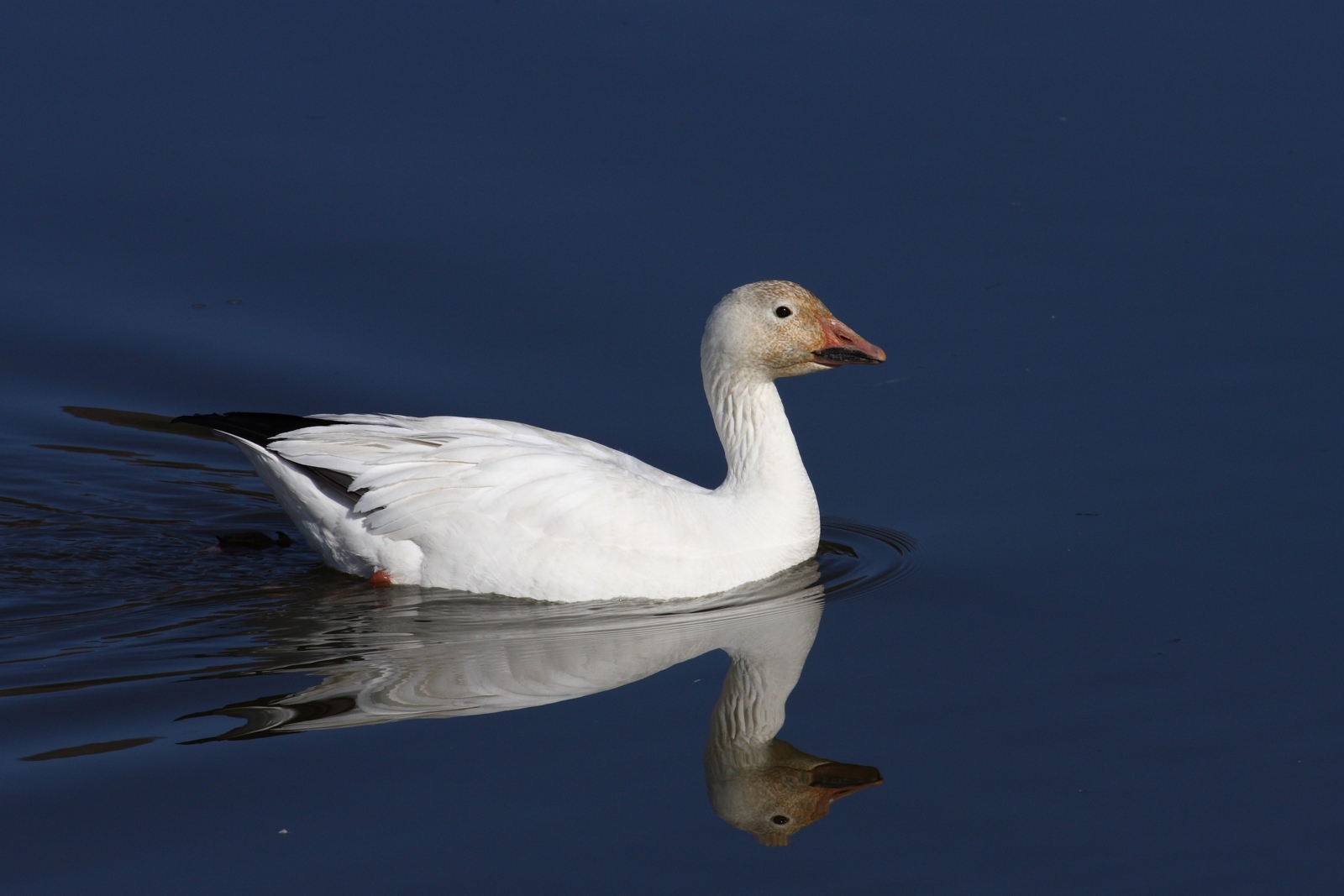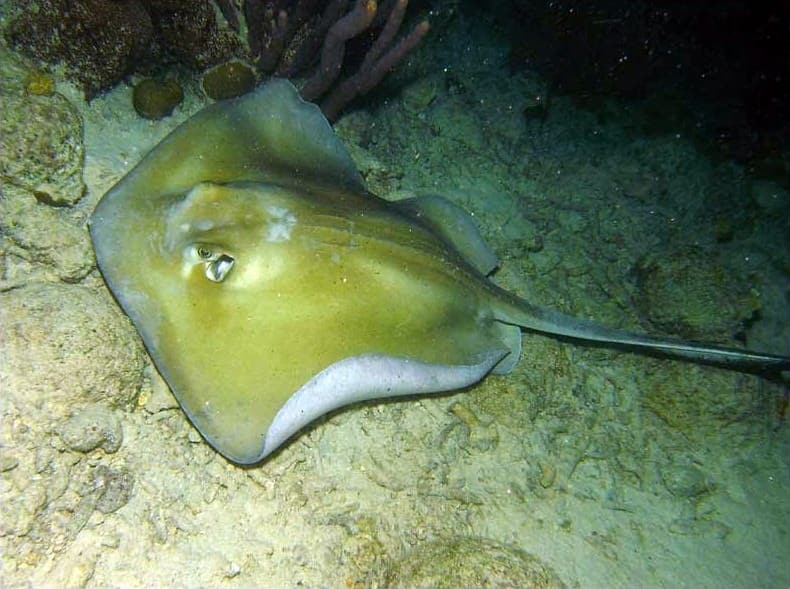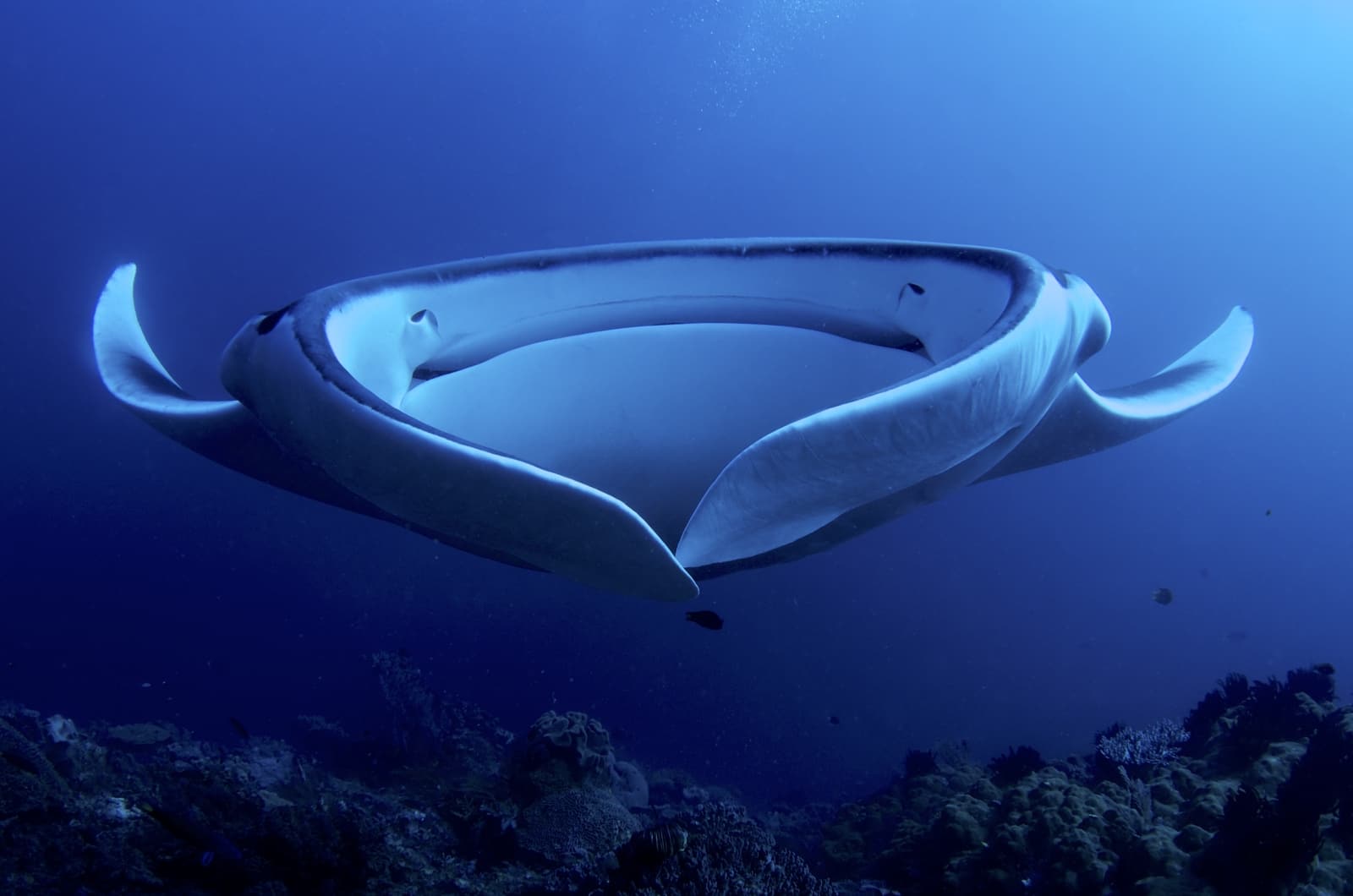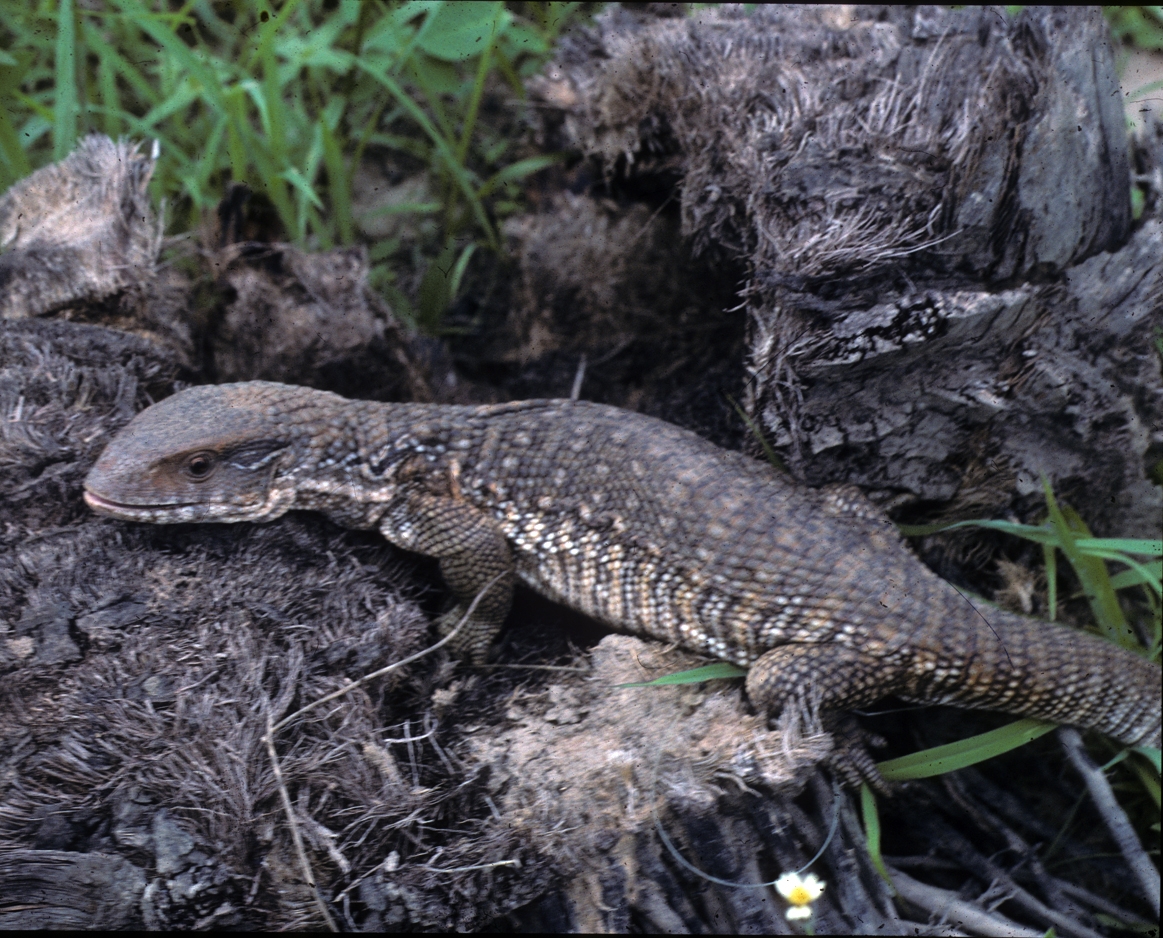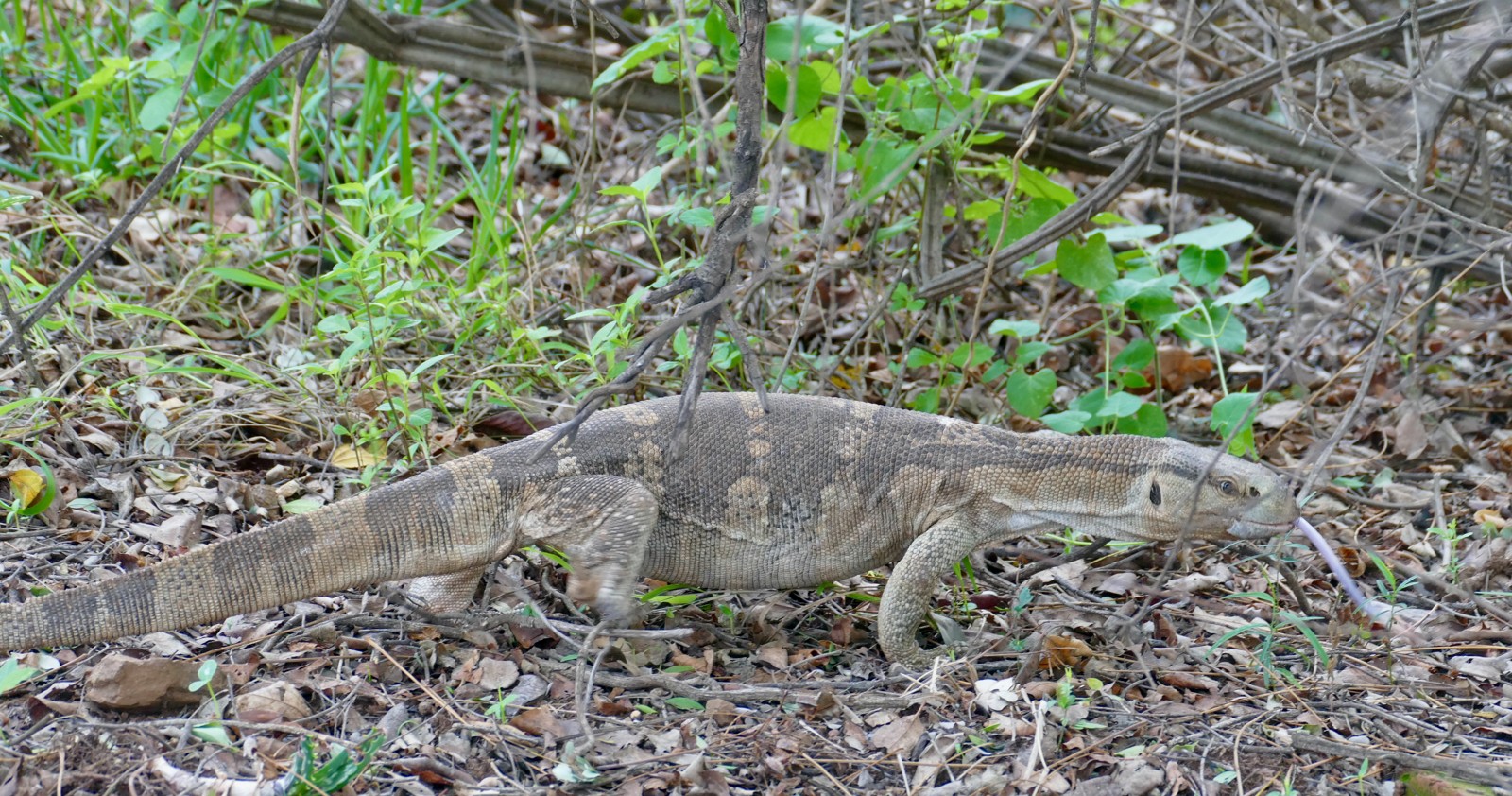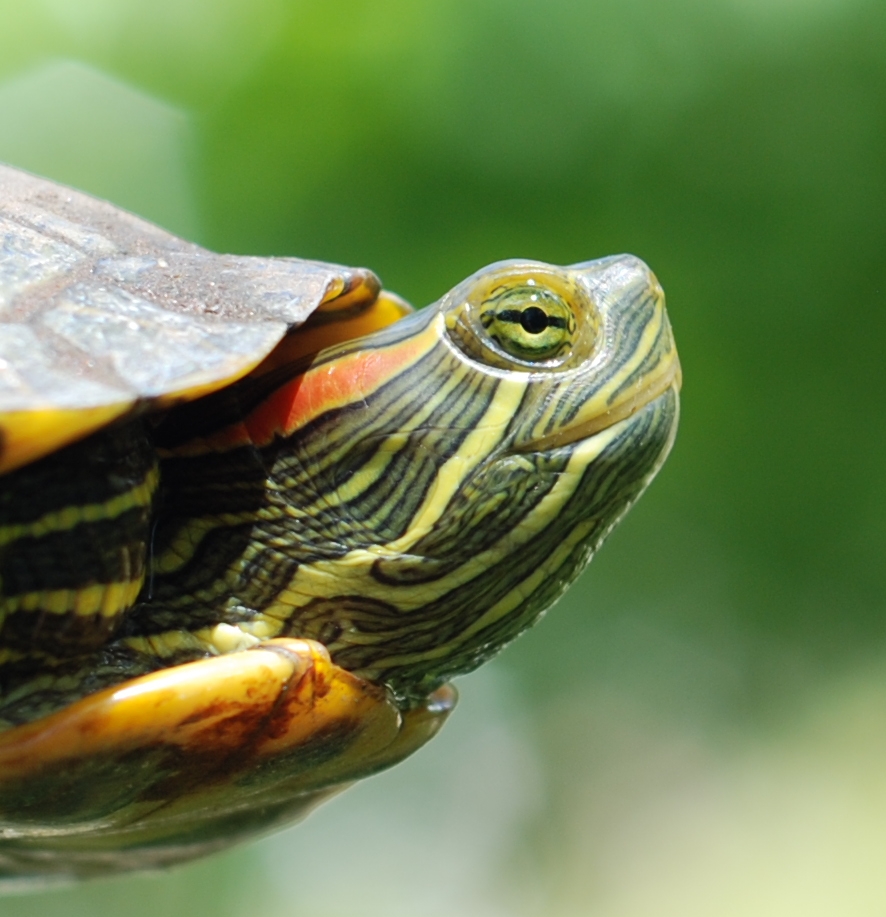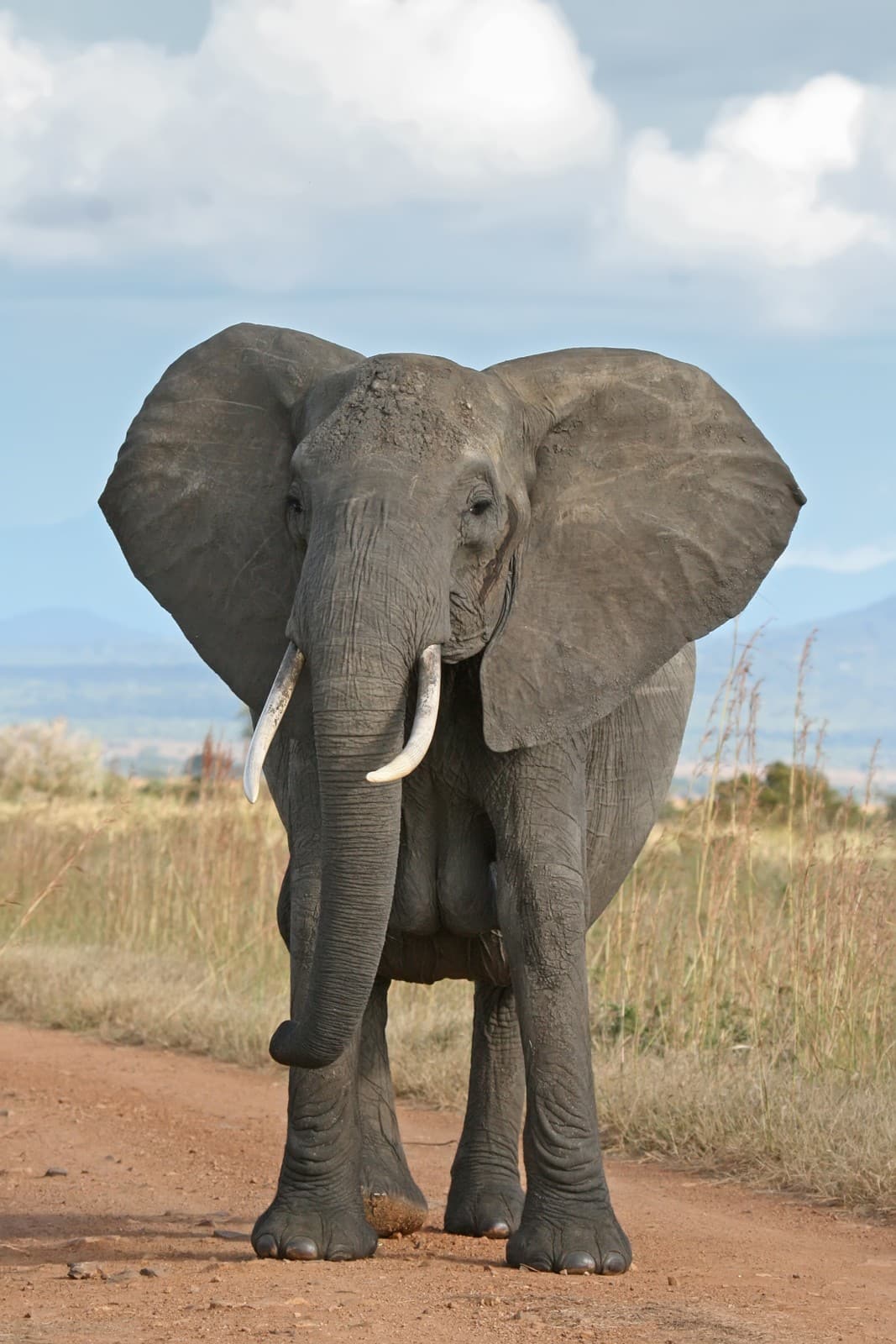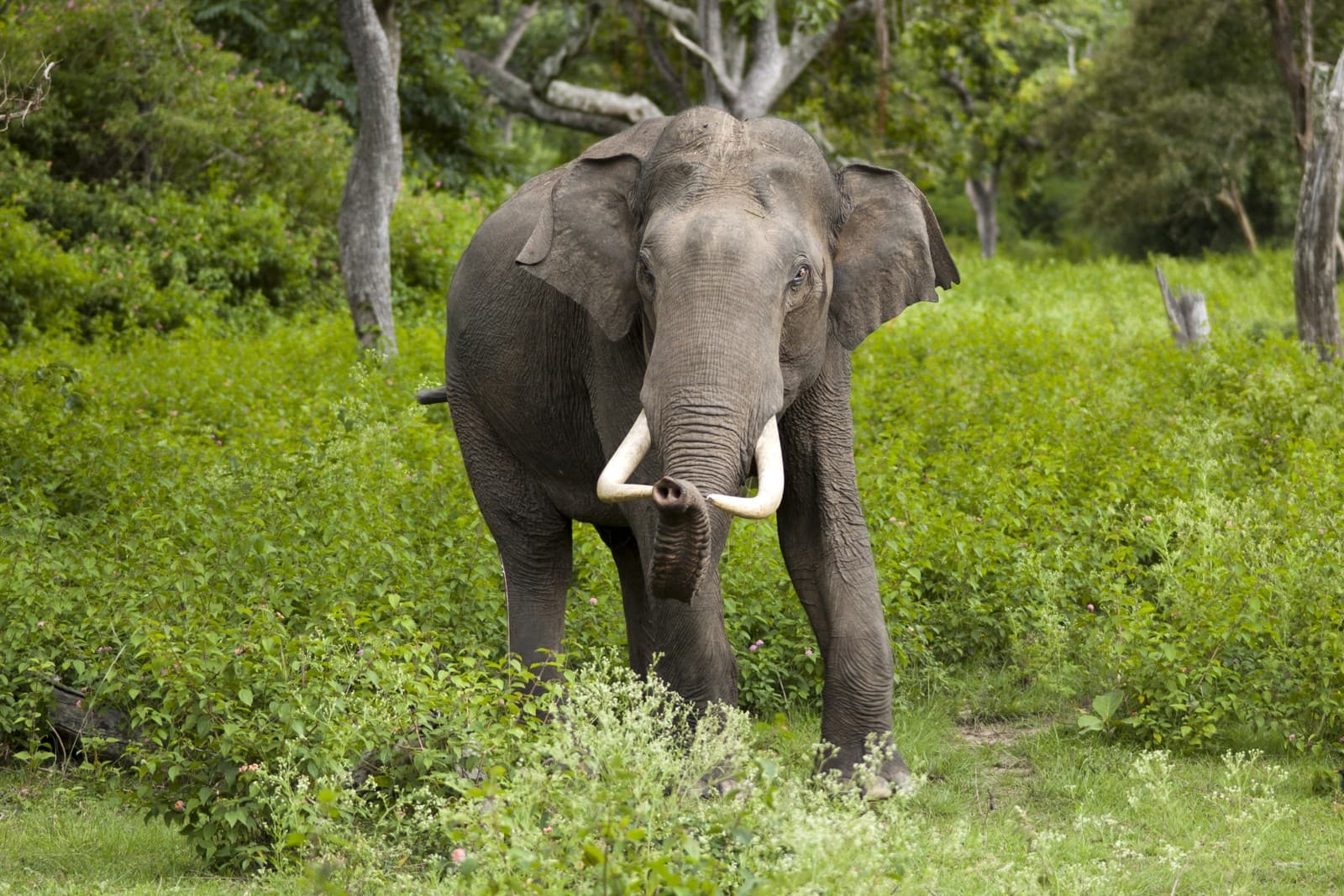Leopard Seal vs Weddell Seal: A Complete Comparison
The Leopard Seal and Weddell Seal represent two dramatically different survival strategies in Antarctica’s harsh environment. While the Leopard Seal stands out as Antarctica’s top marine predator, reaching lengths of 11.5 feet (3.5 meters) and weighing up to 1,320 pounds (600 kg), the more docile Weddell Seal focuses on fish hunting and can grow to 11.3 feet (3.4 meters) with weights up to 1,200 pounds (545 kg).
These Antarctic seals differ significantly in their hunting behaviors and social structures. Leopard Seals are solitary apex predators known for hunting penguins, other seals, and fish, while Weddell Seals form loose colonies and primarily feed on fish, squid, and small crustaceans. Understanding these distinctions helps explain their unique roles in Antarctica’s marine ecosystem.
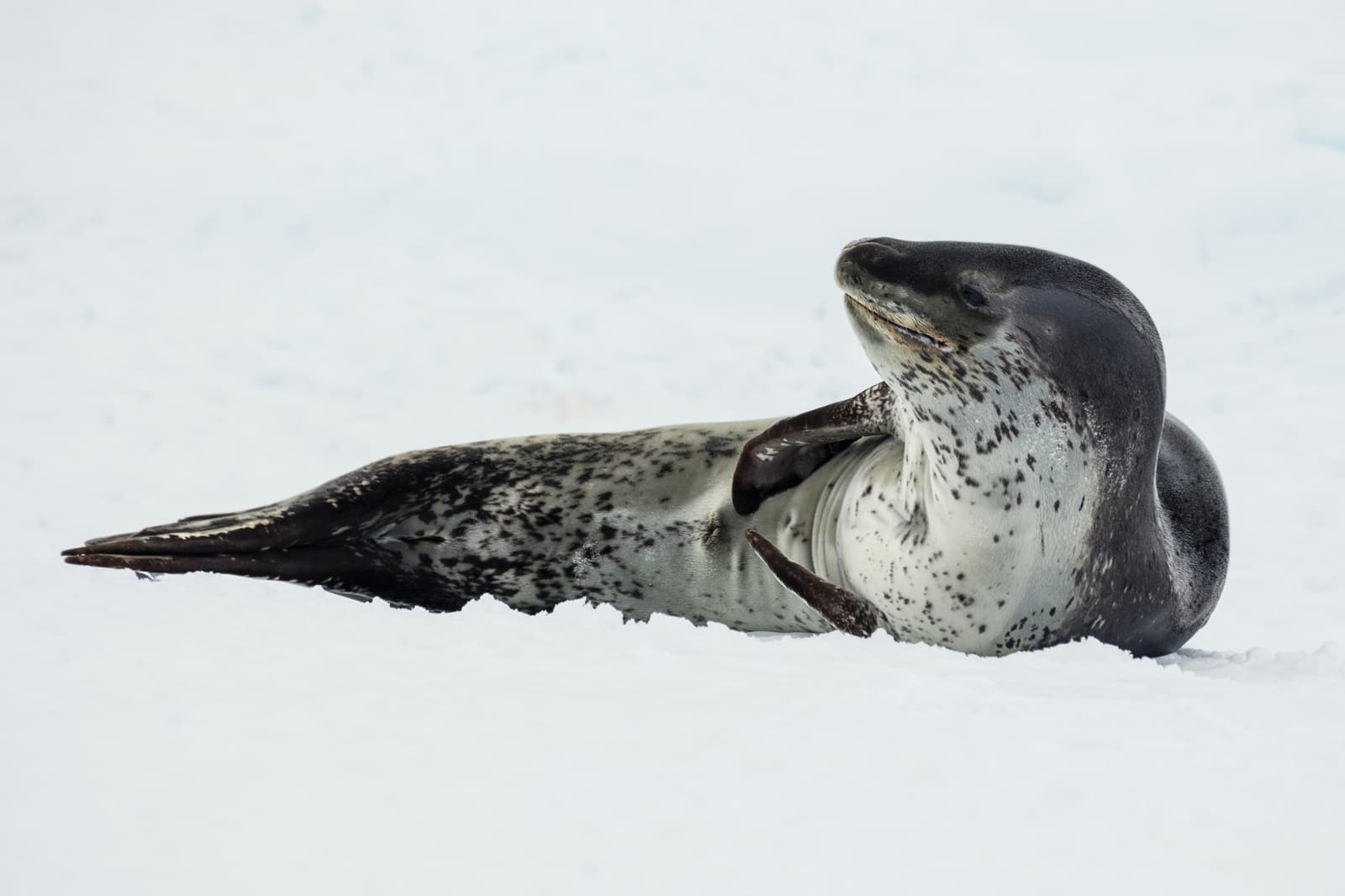
© Godot13 / CC BY-SA 4.0
The Leopard Seal’s distinctive serpentine head and powerful jaws make it instantly recognizable among Antarctic pinnipeds. Its streamlined body and spotted coat pattern reflect its role as an efficient predator in the Southern Ocean.
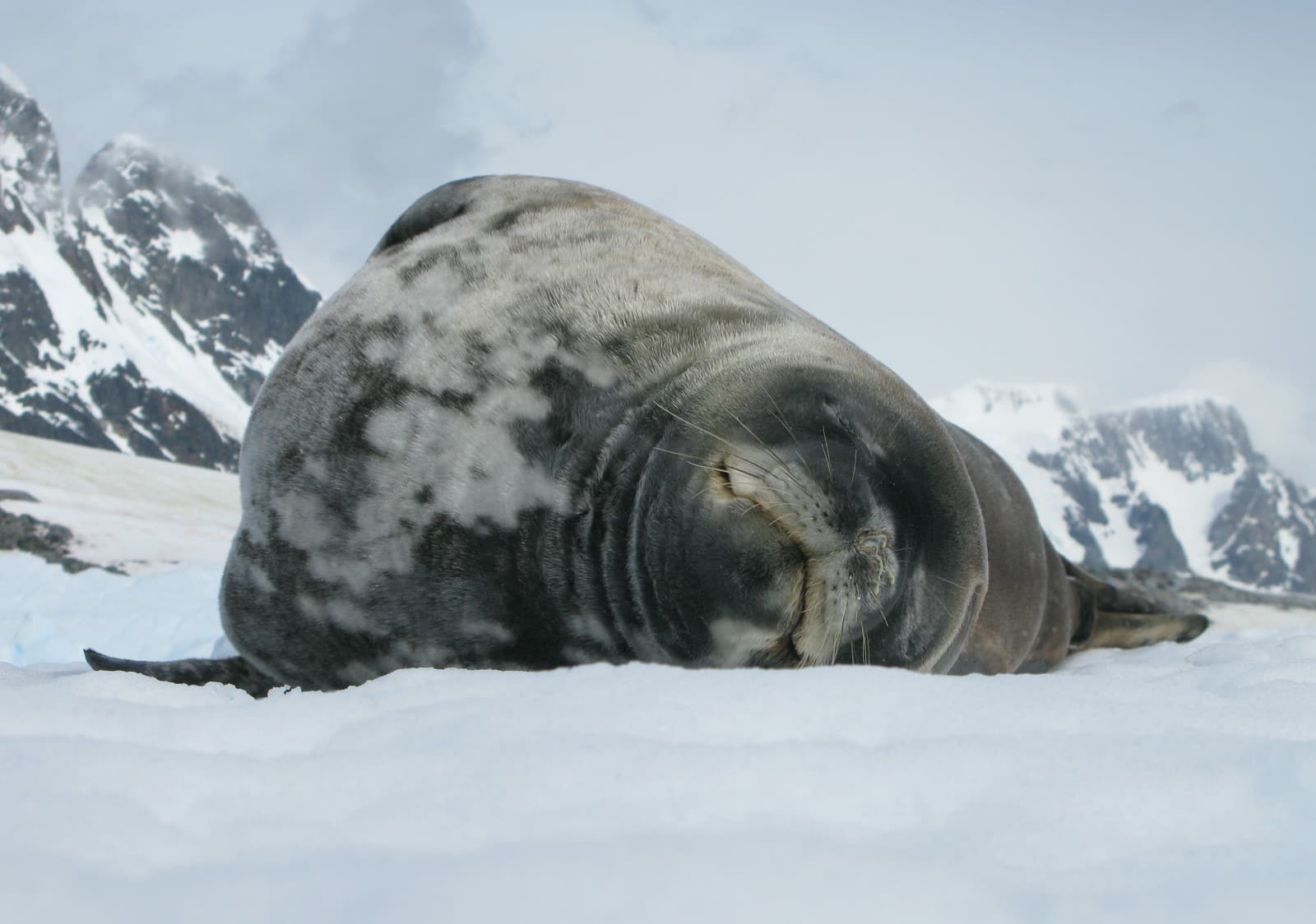
© Butterfly austral / CC BY-SA 3.0
The Weddell Seal exhibits a more rounded profile and gentle expression, characteristic of its less aggressive nature. Its substantial blubber layer and distinctive spotted coat are adaptations for its deep-diving lifestyle.
Key Differences Between Leopard Seals and Weddell Seals
| Feature | Leopard Seal | Weddell Seal |
|---|---|---|
| Size | 8.2-11.5 ft (2.5-3.5 m) | 8.2-11.3 ft (2.5-3.4 m) |
| Weight | 440-1,320 lbs (200-600 kg) | 400-1,200 lbs (180-545 kg) |
| Diet | Penguins, seals, fish, krill | Fish, squid, crustaceans |
| Social Behavior | Solitary | Colonial |
| Diving Depth | Up to 2,000 ft (610 m) | Up to 2,300 ft (700 m) |
| Lifespan | 20-25 years | 20-30 years |
Hunting and Feeding Behavior
Leopard Seals demonstrate remarkable predatory behavior, using their powerful jaws and long teeth to catch penguins and other seals. They employ a unique hunting technique of patrolling the edges of ice floes where penguins gather. In contrast, Weddell Seals are specialist fish hunters, using their excellent underwater agility and echo-location abilities to catch prey in complete darkness beneath the Antarctic ice.
Habitat and Distribution
While both species inhabit Antarctic waters, their preferred territories differ significantly. Weddell Seals remain close to fast ice throughout the year, maintaining breathing holes with their teeth. Leopard Seals range more widely, following the Antarctic pack ice and occasionally venturing as far north as sub-Antarctic islands.
Physical Adaptations
Head and Jaw Structure
The Leopard Seal possesses a distinctively large head with a snake-like appearance and powerful jaws equipped with sharp canine teeth. Weddell Seals have proportionally smaller heads with shorter snouts, adapted for catching fish rather than large prey.
Body Shape
Leopard Seals maintain a more streamlined, aggressive profile suited for high-speed pursuit of prey. Weddell Seals display a more rotund body shape with substantial blubber layers, optimized for deep diving and cold resistance.
Social Behavior and Reproduction
Weddell Seals form breeding colonies of up to 100 individuals, gathering around reliable fast ice areas during the breeding season. Female Weddell Seals give birth to a single pup between September and November. Leopard Seals, being solitary hunters, only come together briefly for mating, with females giving birth on pack ice between October and January.
Survival Challenges and Conservation
Both species face increasing challenges from climate change and human activity in Antarctica. Weddell Seals are particularly vulnerable to changes in sea ice conditions, while Leopard Seals must adapt to shifting prey distributions as warming waters affect penguin colonies and fish populations.
Who Would Win in a Confrontation?
In direct confrontations, Leopard Seals have a clear advantage due to their aggressive nature and powerful bite force of 1,000 pounds per square inch (PSI). Despite similar size ranges, Leopard Seals’ predatory adaptations and hunting experience make them formidable opponents. However, such confrontations rarely occur naturally as Weddell Seals typically avoid areas where Leopard Seals hunt.
Conservation Status and Future Prospects
Both species currently maintain stable populations, but face different challenges:
- Weddell Seals: Vulnerable to sea ice loss and breeding habitat disruption
- Leopard Seals: Affected by changes in prey availability and distribution
- Both species: Impacted by increasing human activity in Antarctica
Understanding these differences between Leopard Seals and Weddell Seals helps highlight the diversity of survival strategies in Antarctica’s marine ecosystem and the importance of protecting these unique species for future generations.
